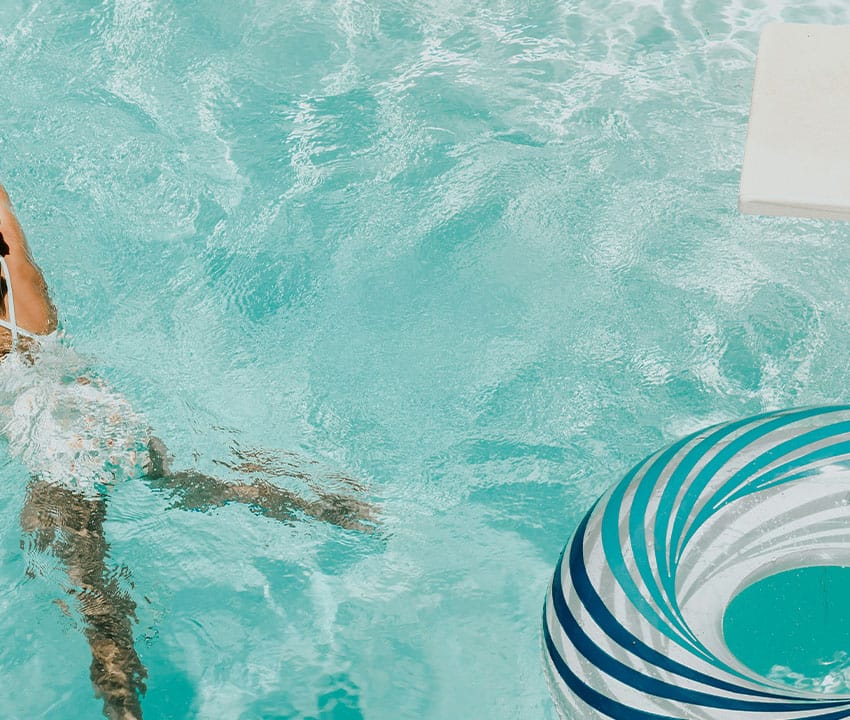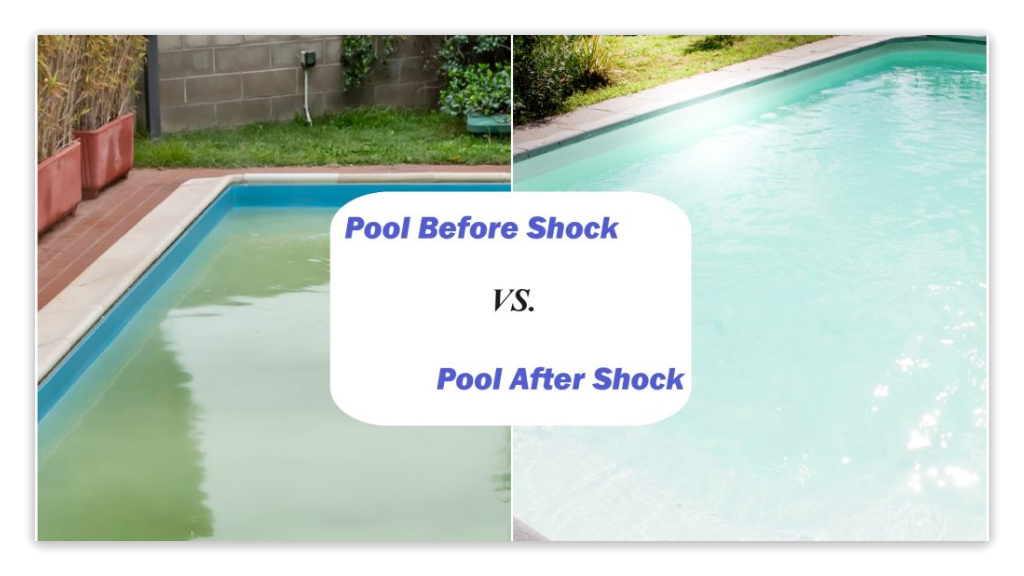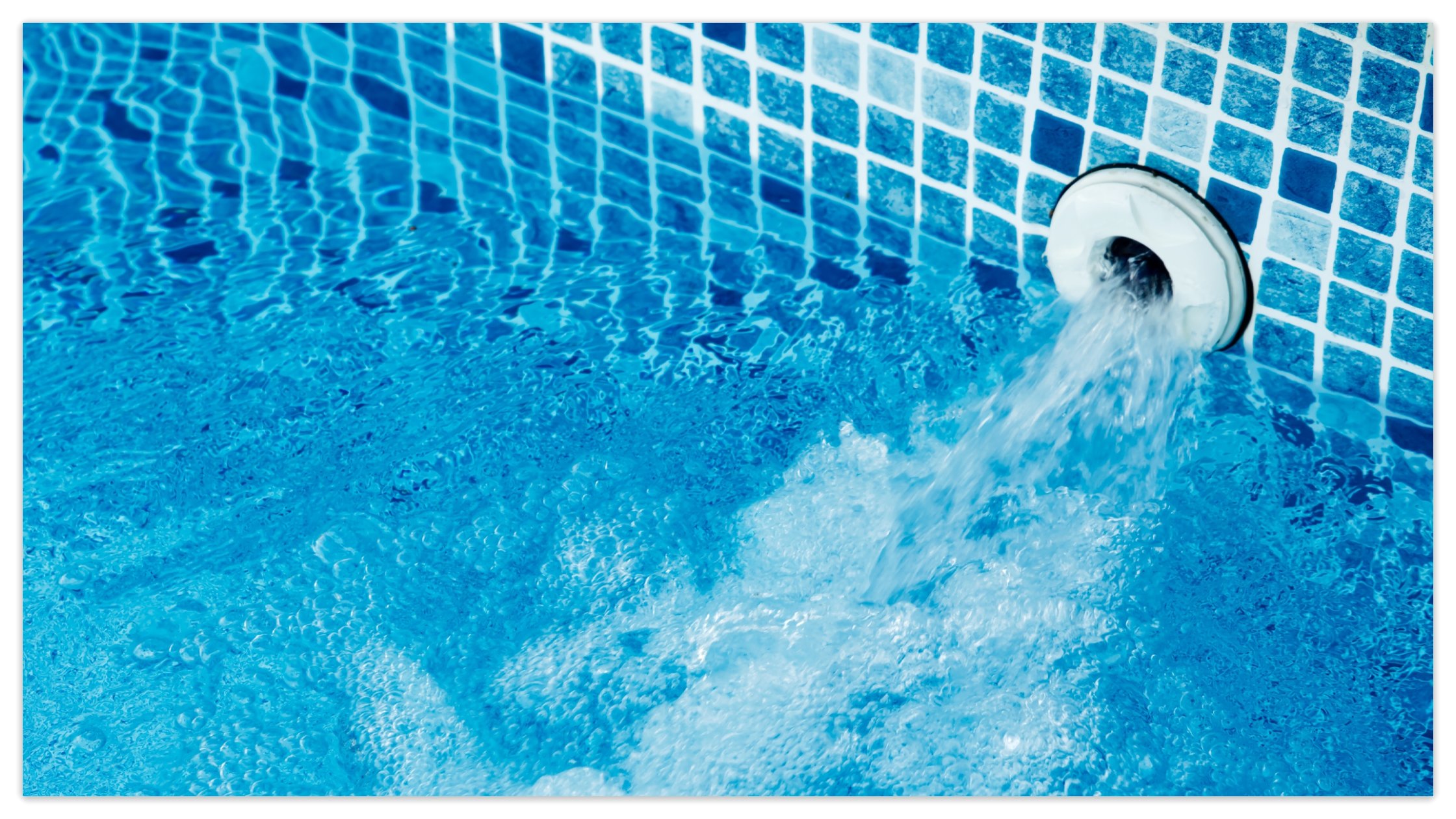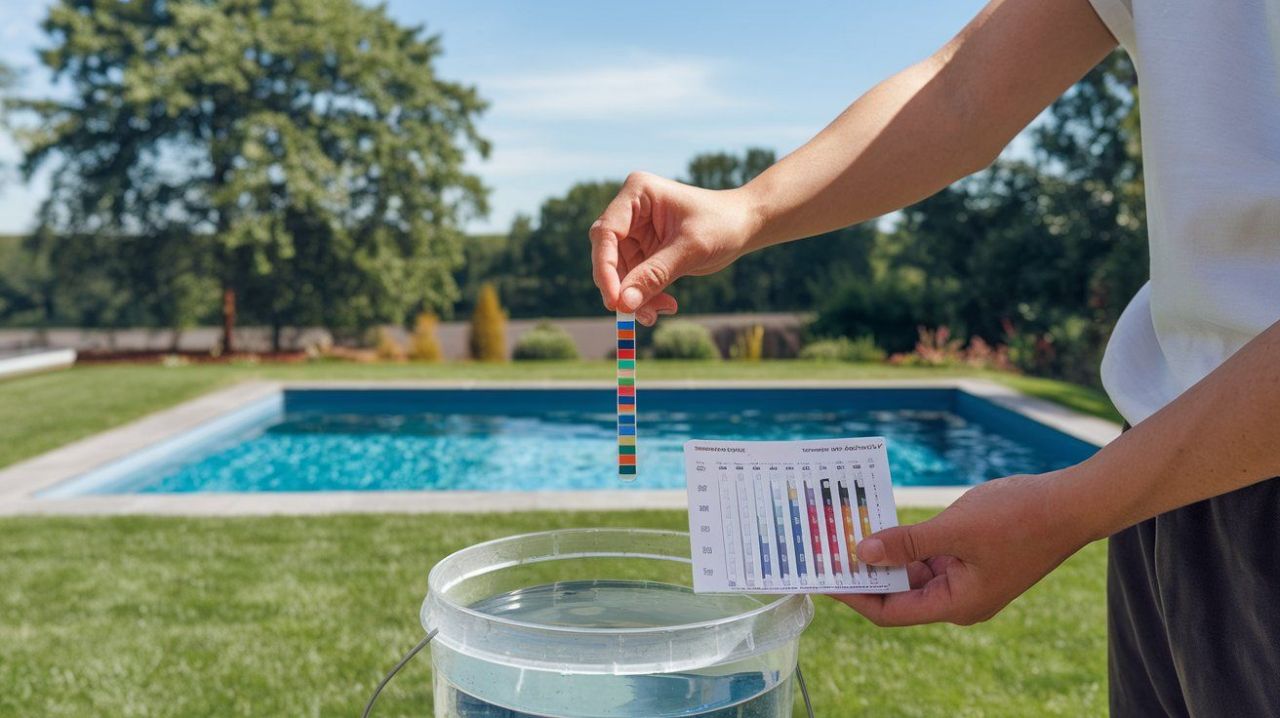How Long After Shock Can You Swim: A Safety Guide

Swimming after a pool has just been shocked is probably one of the greatest fears among swimmers, and for good reason.
The chlorine levels are higher than usual, which is necessary for the cleaning process of the pool to get rid of the bacteria and algae.
However, that bars you from taking a dip in the pool since that concentration level can raise serious concerns for your health. Your skin can go impossibly dry, your hair will turn brittle, and you might even develop a respiratory disease, which is especially prevalent in people who have asthma.
So, how long after an aftershock can you swim on an ideal basis? What pool safety concerns should you consider, and why is pool shock treatment necessary?
Let's address some of the most concerning questions in pool owners, and find more about pool shocking.
Table of contents:
- What Is Pool Shocking and Why Is It Necessary?
- How Long After Shocking a Pool Can You Swim?
- Factors That Affect Waiting Times
- What Happens If You Swim Too Soon?
- Tips for Safely Swimming After Shocking Your Pool
- Dive In Safely: The Final Word on Pool Shocking
What Is Pool Shocking and Why Is It Necessary?
Pool shocking refers to raising your pool's chlorine levels to eliminate bacteria, algae, and other impurities. This is especially important after heavy use or a rainstorm, when your pool is most susceptible to the accumulation of such impurities.
There are mainly two types of shock:
- Chlorine-based, in which you raise the levels by adding more chlorine in the form of tablets or liquids
- Non-chlorine shocking to address organic matter
Chlorine-based shockers include liquid chlorine, calcium hypochlorite, and trichlor, all of which cause a reduction or increase in the pH of the water; therefore, they require other chemicals, such as muriatic acid, to maintain balanced levels.
Dichlor is often considered the best chlorine-based shocking agent due to its nearly neutral pH and ability to dissolve readily; the only drawback is its higher price compared to other agents.
The shocking through non-chlorine addition is mainly done for oxidizing purposes, which helps in the sanitation process by removing chlorine. Even though chlorine can perform oxidation of organic matter, its effectiveness is reduced for both actions and has to be used more than usual, adding to the costs.
Apart from bacteria and algae, chloramines are in your pool, another organic matter which is the main irritant on your eyes and skin, and is mostly responsible for the distinct chlorine smell driving you crazy. This is why you need non-chlorine products to break down the dirty matter, which also makes the added chlorine inefficient.

How Long After Shocking a Pool Can You Swim?
It's best to wait 8-12 hours after shocking your pool for a safe dip into the water, allowing the pH and chlorine levels to return to normal.
If you have visited public pools, the timings are usually set to ensure adequate time for the chlorine to do its work and for the levels to return to normal, around 7.1 to 7.3 pH.
You can use a testing kit or strips to check the water's chemistry and chlorine content, ensuring the water is safe to swim in.
Factors That Affect Waiting Times
Several factors can influence the time it takes for it to be safe to swim after pool shock, but not excessively.
Type of Shock Used
If the pool has been shocked with chlorine, you will have to wait at least twelve hours to swim.
Non-chlorine shocks usually take less time for the pH to return to normal, but you should still test the water for safe chlorine levels.
Size and Condition of the Pool
The bigger and dirtier the pool, the longer it will take to stabilize. Large doses of chemicals need to be added if your pool is big or is too dirty. Therefore, the ingredients need proper time to clean and the levels to reach safe levels for you to swim in.
Filtration and Circulation Efficiency
How well your pump and filter work also greatly impacts how long you can swim after shock.
A good pump will circulate the water efficiently and help the chemicals dissolve faster than a pump of poor quality. At the same time, the filter will remove impurities, allowing the pump to do less work.
This results in a fast turnover rate, reducing your waiting time to jump back into the pool.
Recommended reading: How to Calculate Pool Pump Run Time [Calculator Included]

Testing Kits
Before swimming into the pool after being shocked, make sure to check whether or not the chlorine levels are safe.
You can use a testing kit or strips to check for this matter, which is fairly easy to use since all the instructions and indicators are mentioned in the manual.
These tests are based on the principles of chemistry and, therefore, yield accurate results, allowing you to ensure whether or not the pool water is safe for you to swim in.

What Happens If You Swim Too Soon?
Skin and hair problems will be the least of your worries if you take a dip too soon after shocking your pool.
Besides having an upset stomach and sore throat, you can develop chronic respiratory issues, permanent blindness, bloody stool, diarrhea, or even collapse altogether.
Therefore, it's essential to wait the recommended time of at least twelve hours for the pool's chemistry to stabilize. You won't die from taking a day off from the pool, but you might if you dip too soon.
Tips for Safely Swimming After Shocking Your Pool
- Check the pH levels, which should be between 7.2 and 7.3, and the chlorine concentration, which should be between 1 and 4 ppm.
- Make sure at least 24 hours have passed since you shocked your pool.
- Allow the pump and filter to run properly before entering the pool.
- Check the cyanuric acid levels in the pool, which should be at least 30-50 ppm to protect the chlorine from sunlight.
Dive In Safely: The Final Word on Pool Shocking
The most foolproof way to swim safely after a pool shock treatment is to wait the recommended 24 hours.
Shock is an important part of pool maintenance to maintain its hygiene levels. However, it can be equally dangerous if safety is not taken into consideration.
Maintain a check and balance on the pool chemistry by using trusted testing kits and equipment, which is the best way to ensure the safe maintenance of your pool.
